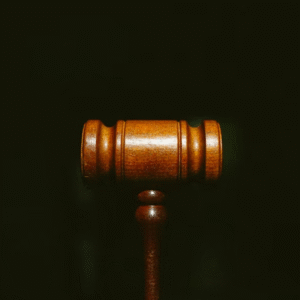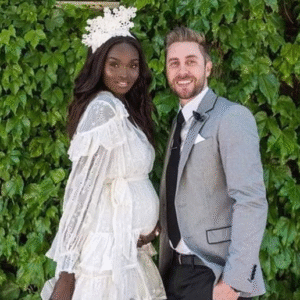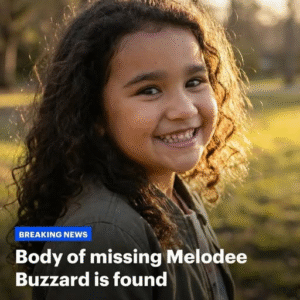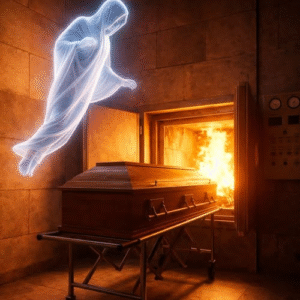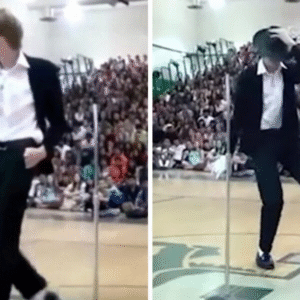Trump Clashes Over His Capitol Portrait
Former President Donald Trump isn’t holding back when it comes to his portrait at the Colorado State Capitol. He’s now urging Democratic Governor Jared Polis to take it down, describing the painting as “purposefully distorted.”
Criticism of the Portrait
Trump expressed frustration on Truth Social, stating, “Nobody likes a bad picture or painting of themselves.” He singled out artist Sarah Boardman, who painted his portrait in 2019, accusing her of deliberately altering his appearance.
“She must have lost her talent as she got older,” Trump remarked, comparing her work unfavorably to her previous portrait of Barack Obama. “I would much prefer not having a picture than having this one.”
History of the Portrait
The painting has hung in the Capitol since 2019, during Trump’s presidency, but his criticism is surfacing only now. Sarah Boardman, a British-born artist, had also painted portraits of George W. Bush and Barack Obama. Boardman described her Trump portrait as neutral and historical, avoiding overt expressions.
“My portrait of President Trump has been called thoughtful, non-confrontational, not angry, not happy, not tweeting,” she shared after its unveiling.

Trump’s Additional Complaints
Trump claimed that many Coloradans had contacted him, upset by the painting. He directed his criticism at Governor Polis, accusing him of being soft on crime and referencing issues in Aurora, Colorado.
“Jared should be ashamed of himself,” Trump said, calling for immediate removal of the artwork.
Response from Governor Polis
Governor Polis’s spokesperson issued a lighthearted response, saying they were “surprised to learn the President of the United States is an aficionado of our Colorado State Capitol and its artwork.”
The statement noted that the Capitol, built in 1901, contains portraits of past presidents and governors, inviting all visitors to appreciate the historical setting.
A Heated Debate over Art and Politics
Though Boardman emphasized that her work was “about portraiture, not politics,” Trump’s sharp critique has reignited discussion about the intersection of art, legacy, and political perception. Whether the portrait will remain or be replaced is yet to be seen.
